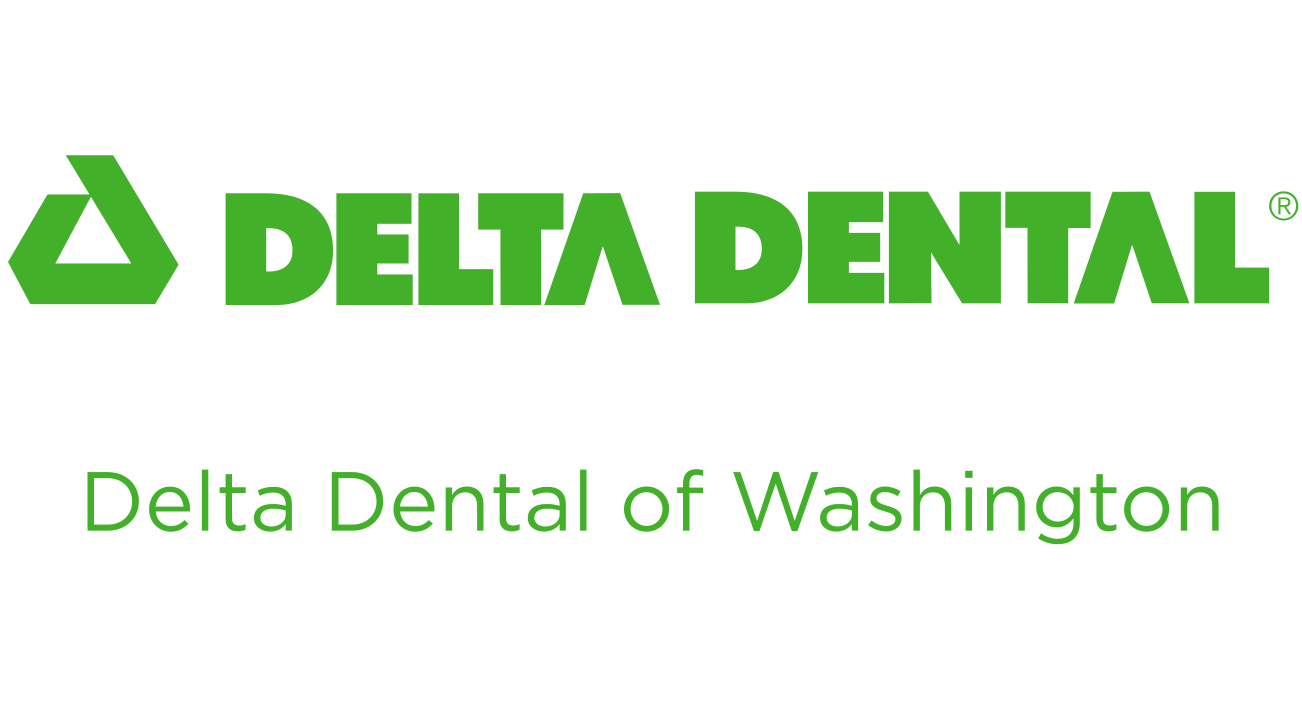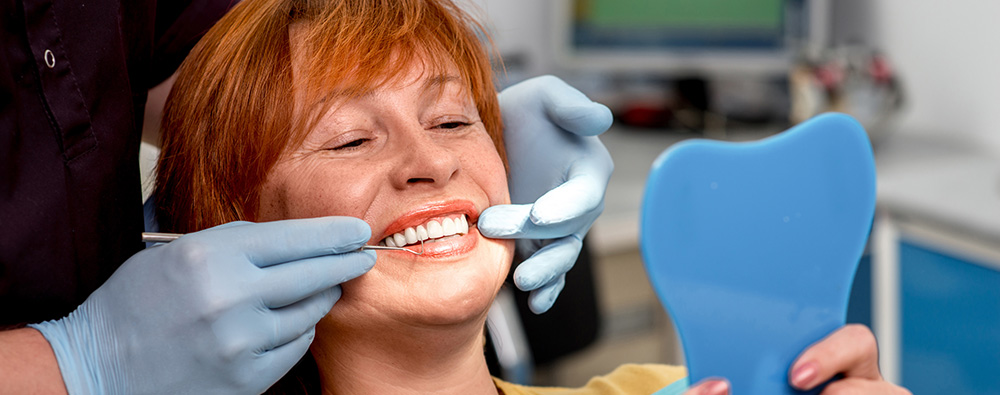Gum disease, or periodontal disease, is a term used to describe a bacterial infection of your gum tissue. There are different “stages” of gum disease. They are gingivitis and periodontitis.
Gingivitis is the first stage of gum disease. It causes gums to become red, swollen, and to bleed easily. It’s a precursor to periodontitis, but with professional treatment and good oral home care, it can be reversed.
Periodontitis is the advanced form of gum disease. It can occur when gingivitis goes untreated. Toxins produced by the bacteria in plaque irritate the gums. This stimulates an inflammatory response that leads to the breakdown and destruction of the tissues and bone that support the teeth. Gums separate from the teeth, infection sets in. Without treatment, this process continues repeating itself until there is permanent tooth loss.
Causes of Gum Disease
Gum disease all starts with bacteria. Our mouths of full of bacteria. Some are good. Some are bad. Throughout the day, these bacteria combine with mucous and food particles to form a sticky, colorless film, called “plaque,” on our teeth. Daily brushing and flossing help clear out the plaque.
When plaque isn’t removed through good oral hygiene and regular dental check-ups, it can harden and turn into “tartar”. Tartar can only be removed by a professional dental cleaning.
Plaque and tartar are breeding grounds for harmful bacteria. Over time, this surplus of bacteria leads to an infection of gum tissue known as gum disease.
Symptoms of Gum Disease
Keep an eye out for these warning signs:
- Gums that bleed easily
- Red, swollen, or tender gums
- Gums that have pulled away from the teeth
- Persistent bad breath or bad taste
- Permanent teeth that are loose or separating
- Any change in the way your teeth fit together when you bite
- Any change in the fit of partial dentures
Risks Factors for Gum Disease
Here are a few things that can increase your risk of developing gum disease:
- Poor oral hygiene
- Smoking or chewing tobacco
- Genetics
- Misaligned or "crooked" teeth that are hard to keep clean
- Pregnancy
- Diabetes
- Medications – including steroids, some anti-epilepsy drugs, cancer therapy drugs, some calcium channel blockers, and oral contraceptives
How Gum Disease is Diagnosed
Gum disease can only be diagnosed by a licensed dentist. Dentists and hygienists look for signs of gum disease during your routine dental check-ups. Here are some of the things they look for:
- Examine your gums, looking for any signs of inflammation
- Use a “probe” (tiny ruler) to measure any pockets around the teeth (Healthy gums have pocket depths between 1-3 millimeters)
- Ask about your medical history to ID conditions or risk factors that may contribute to gum disease (like smoking or diabetes)
- Take an X-ray to check for any bone loss
- Refer you to a Periodontist – an expert in treating gum disease
If you’re experiencing any of the signs of gum disease listed above, schedule an appointment with your dentist. Early detection is key to treating, or even reversing, gum disease.
Treatments for Gum Disease
If you’re diagnosed with gum disease, there are a variety of options for treatment: Non-surgical, surgical, and medication.
Non-Surgical Treatment
If caught early, your dentist will likely be able to treat – or even reverse – your gum disease with non-surgical treatment.
Professional Dental Cleaning
This really falls into the preventing gum disease bucket. In a professional dental cleaning, harmful plaque and tartar are removed from your teeth.
Periodontal Maintenance
If you have periodontitis, your dentist will likely recommend cleanings more than the standard twice a year. These quarterly cleanings are part of periodontal maintenance and help keep the levels of harmful mouth bacteria down. They’re a preventive measure that helps reduce the long-term, negative effects of periodontal disease.
Scaling and Root Planing
This treatment is done when the infection from your gums spreads to your jawbone and roots of your teeth. Plaque and tartar from above and below the gum line are scraped away (scaling) and the rough spots on the tooth root are smoothed out (planing).
Surgical Treatment
Sometimes, no matter how hard we try, gum disease requires more intensive treatment.
Flap Surgery/Pocket Reduction Surgery
During this procedure, the gums are lifted back and the tartar is removed. The gums are then placed so the tissue fits snugly around the tooth. This reduces the space between the gum and tooth, decreasing the areas where harmful bacteria can grow.
Bone Grafts
This procedure requires using bone fragments (yours, synthetic, or donated) to replace bone destroyed by gum disease. This helps the natural bone regrow, restoring teeth stability.
Soft Tissue Grafts
This procedure involves grafting tissue from the roof of the mouth to reinforce thin gums or fill in places where gums have receded.
Guided Tissue Regeneration
This procedure helps stimulate bone and gum tissue growth where the bone supporting your teeth has been destroyed. A mesh-like fabric is placed between the bone and gum tissue. This prevents the gum tissue from growing into the area where bone should be, allowing the bone and connective tissue to regrow. (Is done in combo with Flap Surgery.)
Bone Surgery
This procedure helps smooth out shallow craters in the bone due to moderate and advanced bone loss. (Is done subsequent to Flap Surgery.)
Medication
Remember, gum disease is a chronic inflammatory, infection of your gum disease. Your dentist may prescribe medications to help with the infection.
Antibiotic medication may be used alone or in combination with surgery or other therapies. They reduce or temporarily eliminate the bacteria associated with gum disease, or suppress the destruction of the tooth’s attachment to the bone.
Does Dental Insurance Cover Gum Disease Treatment?
Yes. Most of our dental plans cover periodontal maintenance visits as a Class I (preventive) benefit. That means they’re covered just like a regular check-up and cleaning.
Remember, gum disease is preventable with good oral care at home and regular dental visits. All of our dental plans cover regular dental visits.
Want to learn more?
Talk to your dentist. They’ll answer your questions and help you reach your healthiest smile.
Don’t have a dentist? Create or sign in to your MySmile® account to search for an in-network dentist near you. You can even filter your results by patient endorsements! While you're in MySmile, take a minute to review your personal dental coverage.












